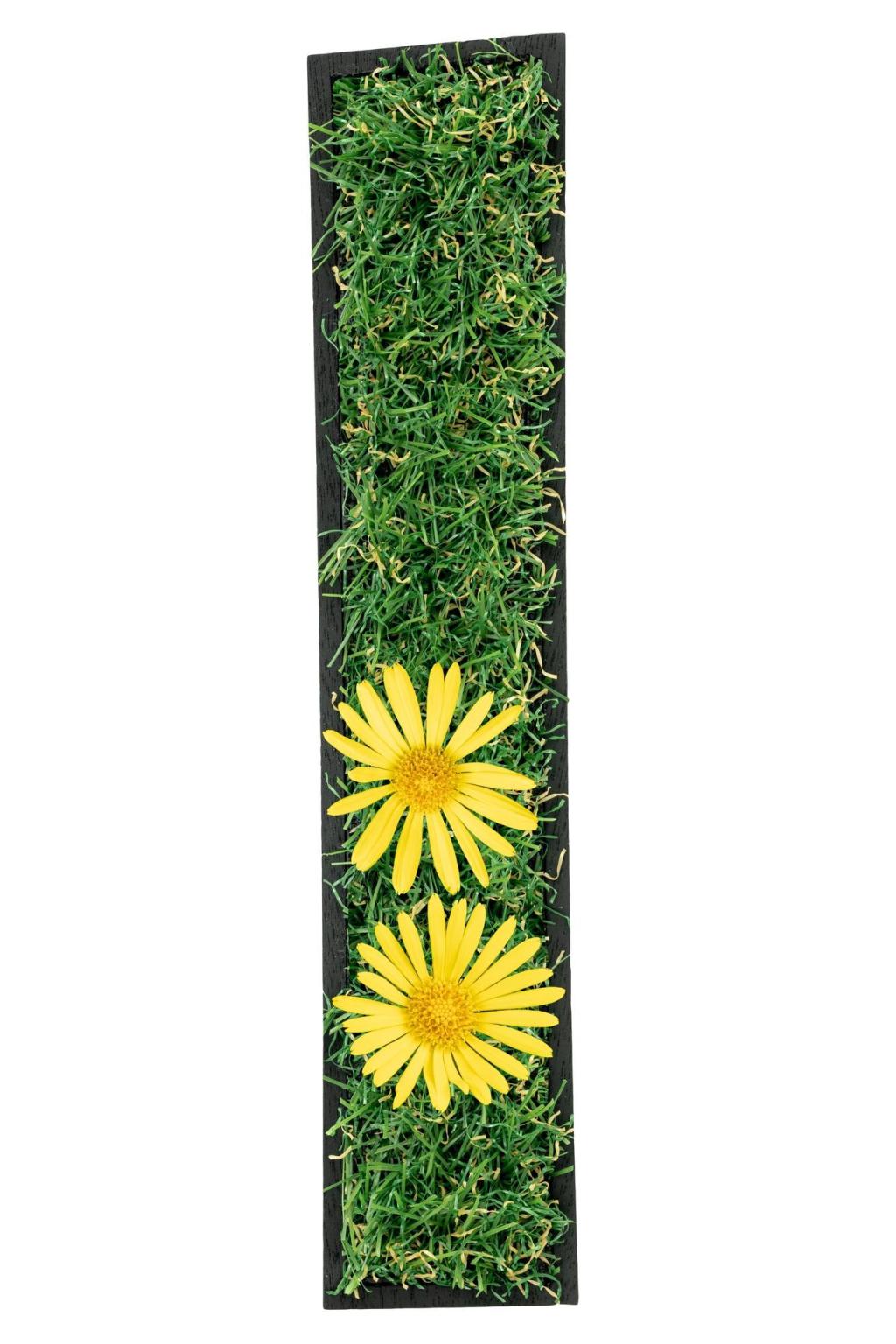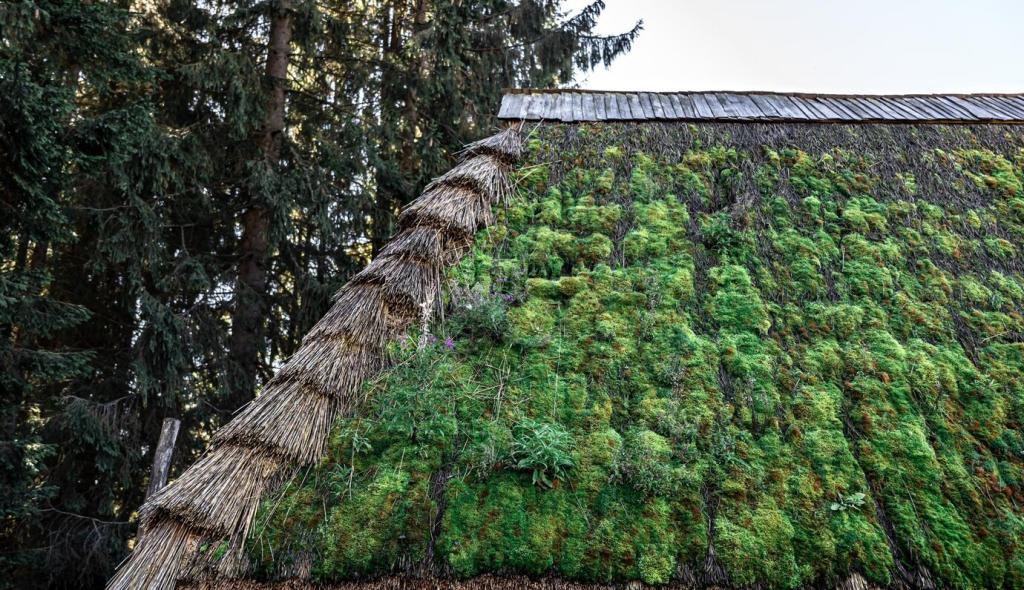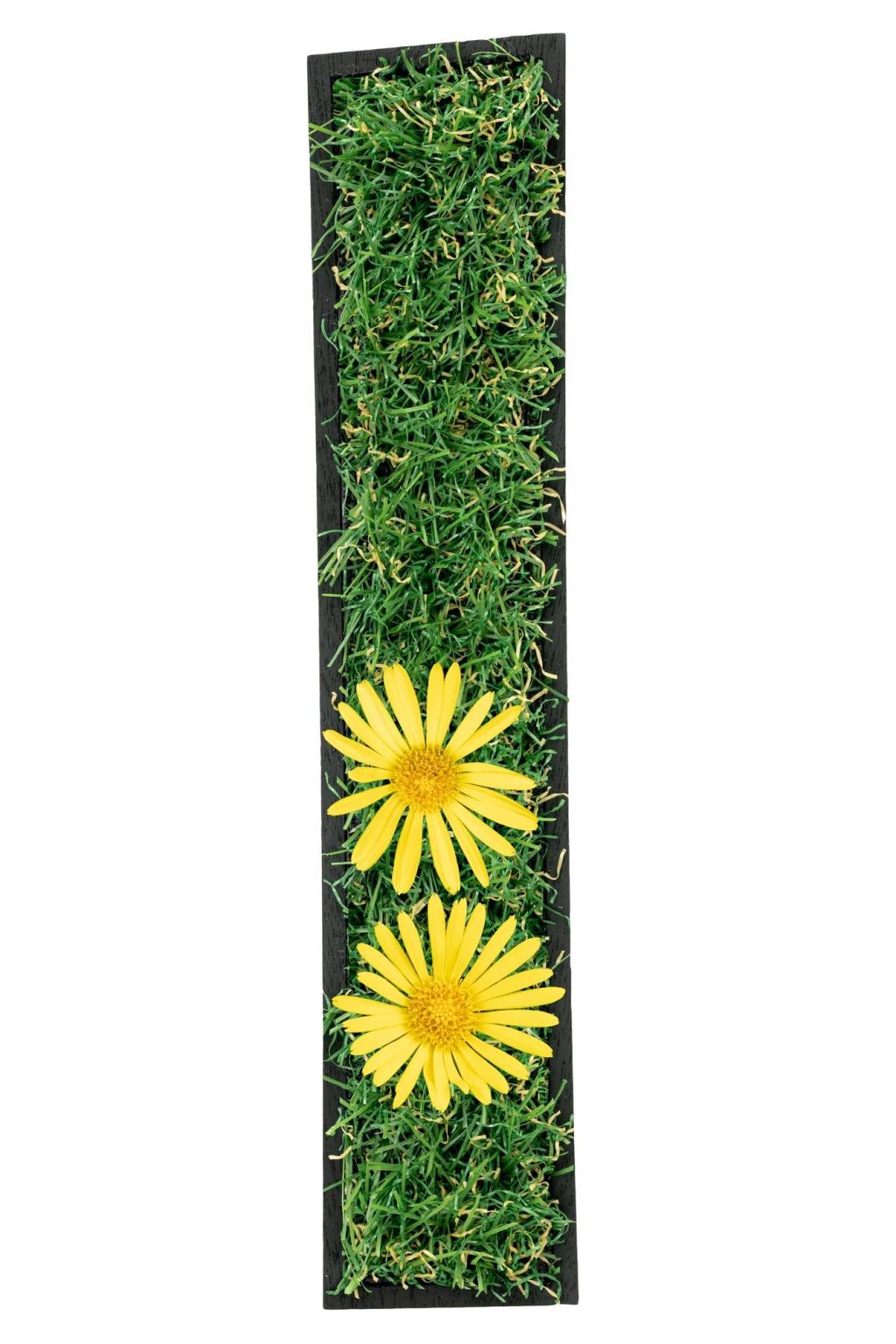Advantages of Urban Vertical Gardens
Urban vertical gardens are revolutionizing the way cities integrate nature into their landscapes. These innovative installations not only transform the physical appearance of urban environments, but also deliver a myriad of environmental, economic, and social benefits. By utilizing vertical surfaces, vertical gardens maximize green space without requiring extensive land area. This approach allows cities and their inhabitants to enjoy the presence of flourishing plant life even amidst dense developments and limited ground space. Below, we explore the wide-ranging advantages brought by urban vertical gardens, each of which plays a crucial role in the enhancement of city living.

Air Quality Enhancement
Air pollution is a persistent issue in many metropolitan centers. Vertical gardens help to alleviate this problem by acting as natural air filters. The plants absorb carbon dioxide and other harmful pollutants, while simultaneously releasing oxygen. Urban areas that adopt vertical gardens often report measurable improvements in air quality, leading to healthier living conditions for residents and workers alike. In addition, the reduction in airborne particulates can also mitigate the effects of respiratory illnesses and allergies. By integrating green walls into cityscapes, local governments and property owners make a proactive choice toward fostering cleaner and more breathable air in heavily populated zones.
Urban Biodiversity
With city expansion, the habitats available for flora and fauna are often diminished, creating challenges for local biodiversity. Vertical gardens provide pockets of habitat within the urban matrix, supporting a variety of plant species and attracting pollinators such as bees, butterflies, and birds. This increased biodiversity not only enriches the local ecology but can also help in creating ecological corridors, connecting different areas of the city through green spaces. The variety of species hosted in vertical gardens helps stabilize local ecosystems and encourages a more resilient urban environment. This contribution is especially critical for supporting declining insect and bird populations within city centers.
Microclimate Regulation
Urban areas frequently experience higher temperatures than surrounding regions due to the concentration of buildings and pavement, a phenomenon known as the urban heat island effect. Vertical gardens play a crucial role in moderating these temperatures. By providing shade and facilitating evapotranspiration, the plants help cool the surrounding air. This cooling effect can reduce the need for artificial air-conditioning in adjacent buildings, lowering energy consumption and costs. The presence of vertical gardens can also enhance comfort levels on streets and public spaces, making cities more livable during heat waves and periods of high temperature.
Space Optimization
Dense urban environments often leave little room for traditional gardens or green zones. Vertical gardens ingeniously repurpose available wall and façade spaces, transforming them into lush, living surfaces. This approach ensures that even the most constricted city areas can benefit from the introduction of plants. By elevating greenery, cities can optimize their constrained layouts, bringing natural elements into homes, offices, and public spaces regardless of ground-level constraints. Such efficient use of vertical space not only beautifies urban areas but also helps alleviate the sense of crowding and overdevelopment that plagues many modern metropolises.
One of the great advantages of vertical gardens is their adaptability and design flexibility. Whether installed indoors or outdoors, on large skyscrapers or small residential balconies, they can be tailored to fit a wide range of spatial and aesthetic requirements. Innovative systems allow for customization in size, plant selection, and structural support, accommodating diverse climates and architectural styles. Their versatility enables architects and planners to integrate greenery wherever it’s needed, from busy shopping districts to serene rooftop retreats. This adaptability encourages the proliferation of plant life in unconventional and previously underutilized spaces.
Rather than requiring new land or construction, vertical gardens often leverage existing infrastructure. They can be affixed to walls, fences, or building exteriors, seamlessly merging with current developments. This integration not only saves space but also allows for the upgrading and greening of older, less attractive urban structures. It breathes new life into otherwise drab or neglected surfaces, contributing to the overall revitalization of neighborhoods and city centers. By incorporating vertical gardens onto existing facades, cities can enhance their green credentials without extensive redevelopment.

Energy Efficiency
Temperature Insulation
Buildings adorned with vertical gardens benefit from natural insulation properties provided by plant layers and growing media. These gardens create a buffer against harsh outdoor temperatures, helping to keep interiors cooler in summer and warmer in winter. This moderation of indoor climate reduces the reliance on heating and cooling systems, resulting in lower energy consumption. Over time, such insulation not only contributes to a reduction in utility costs, but also diminishes the environmental impact associated with excessive energy use. Property owners and managers who install green walls often see measurable improvements in their building’s energy performance.
Reduction of Urban Heat Island Effect
The concentration of buildings, concrete, and asphalt in urban areas leads to increased retention of heat, raising temperatures compared to rural surroundings. Vertical gardens address this challenge by providing a cooling effect through shading and evapotranspiration. As more surfaces are covered with greenery, the cumulative impact on the local microclimate can be significant. Cooler cities are less dependent on energy-consuming cooling technologies, which helps further reduce greenhouse gas emissions. The mitigation of heat islands is a critical step in creating more comfortable and sustainable cities as climate change intensifies.
Protection of Building Surfaces
Vertical gardens act as a protective layer for building exteriors, shielding them from direct sunlight, heavy rainfall, wind, and temperature fluctuations. This defensive barrier helps to extend the life of building materials by reducing wear and tear, minimizing the frequency of repairs and replacements needed for facades. By protecting exterior surfaces, vertical gardens can also enhance the value of buildings and reduce long-term maintenance costs. Such benefits represent an economically attractive incentive for property developers and managers to invest in green infrastructure.
Mental and Physical Health Benefits
01
Numerous studies have shown that exposure to green spaces can reduce stress levels and promote psychological wellbeing. Urban vertical gardens provide visual relief from concrete and steel, offering moments of tranquility amidst the hustle and bustle. Residents, workers, and visitors alike benefit from the calming influence of natural elements, which have been linked to lower blood pressure, improved mood, and enhanced cognitive performance. This access to greenery, even if only through a living wall, creates a healthier, more pleasant city experience.
02
Vertical gardens can be integrated into community areas, parks, and recreational spaces, encouraging outdoor activity and interaction with nature. Their presence draws people into public spaces, supporting walks, group exercises, and gardening activities. Being surrounded by plants motivates city inhabitants to spend more time outdoors, which helps foster a more active lifestyle and can contribute to improved physical fitness. In areas where recreational opportunities are scarce, vertical gardens play a pivotal role in encouraging healthier urban living.
03
Dense cities can be overwhelming for residents due to noise, crowding, and the lack of natural elements. By introducing vertical gardens, neighborhoods become more inviting and liveable. The psychological lift provided by green walls makes busy streets, transit stops, and office corridors feel more comfortable and enjoyable. As quality of life rises, so does community pride and cohesion, turning once-anonymous city zones into vibrant, attractive places to live and work.
Economic Value
Increased Property Values
Properties featuring vertical gardens are often perceived as more desirable, attractive, and environmentally responsible. This enhanced appeal translates into higher real estate values and increased rental or resale potential. Commercial spaces, in particular, benefit from the improved aesthetics and reputation associated with green infrastructure. For homeowners, the investment in vertical gardens can yield returns in the form of elevated market prices and faster sales. The allure of greenery adds a distinctive character to developments, distinguishing them in competitive urban markets.
Cost Savings through Energy Reduction
By providing additional insulation and reducing dependence on artificial heating and cooling, vertical gardens help property owners and tenants save money on utility bills. Over time, these savings can be significant, especially when applied at scale across multiple buildings. The long-term economic impact is further amplified by reduced maintenance and refurbishment costs due to the protective effect of green walls on building exteriors. Cities that incentivize the installation of vertical gardens may also benefit from lower public health expenditures as the population experiences improved wellbeing.
Job Creation and Economic Activity
The vertical gardening industry stimulates economic activity through the design, installation, and maintenance of green wall systems. This growing sector generates employment opportunities for horticulturists, landscapers, architects, and technicians. Furthermore, the demand for specialized plants, materials, and irrigation technologies creates additional supply chain opportunities. As urban vertical gardens become more popular, new businesses emerge to serve the market, enhancing local economies and contributing to sustained job creation.

Social and Community Engagement
Strengthening Community Identity
Community-led vertical garden projects can become focal points for neighborhood pride and identity. By collaborating on the planning, planting, and maintenance of green walls, residents forge stronger bonds with one another. These shared spaces provide common ground for people from diverse backgrounds to connect over a mutual interest in sustainability and beautification. The visible presence of community-involved projects also inspires a sense of ownership and responsibility, strengthening the social fabric of urban neighborhoods.
Educational Opportunities
The implementation of vertical gardens opens up numerous educational possibilities for schools, local organizations, and the general public. They serve as living laboratories where people can learn about plant biology, ecology, and sustainable urban development. Workshops and guided tours can teach participants about the benefits of green infrastructure, nurturing a greater appreciation for nature. These interactions promote environmental awareness and foster the next generation of urban gardeners and environmental advocates.
Encouraging Environmental Stewardship
Visible examples of vertical gardens throughout a city inspire others to take action on behalf of the environment. As residents witness the tangible benefits of urban greenery, they are more likely to participate in sustainability programs and initiatives. This collective effort not only improves immediate surroundings but also contributes to a broader culture of ecological responsibility. Over time, the popularity of vertical gardens strengthens public demand for policies and investments that prioritize urban greening and environmental health.
Urban Aesthetics and Cultural Identity

Vertical gardens introduce lush greenery to vertical surfaces that might otherwise be plain or unattractive. They soften the lines of concrete and glass, breaking up the monotony of urban environments. The transformation is often dramatic, with living walls becoming focal points for entire neighborhoods. In doing so, vertical gardens elevate the visual appeal of streets, buildings, and public spaces, making cities more inviting and harmonious with nature. This added aesthetic value enhances the overall quality of the urban environment for both residents and visitors.
